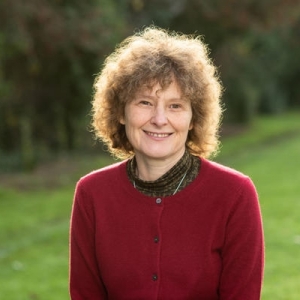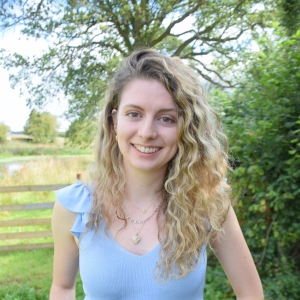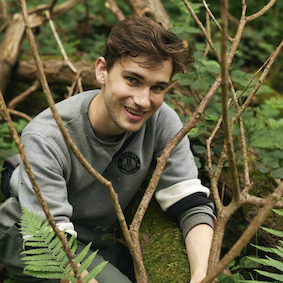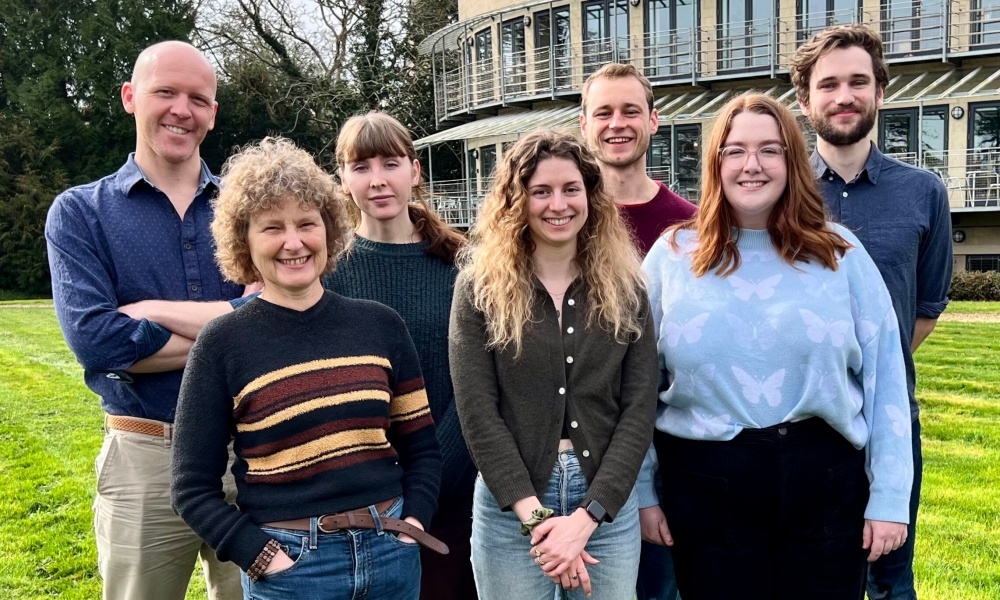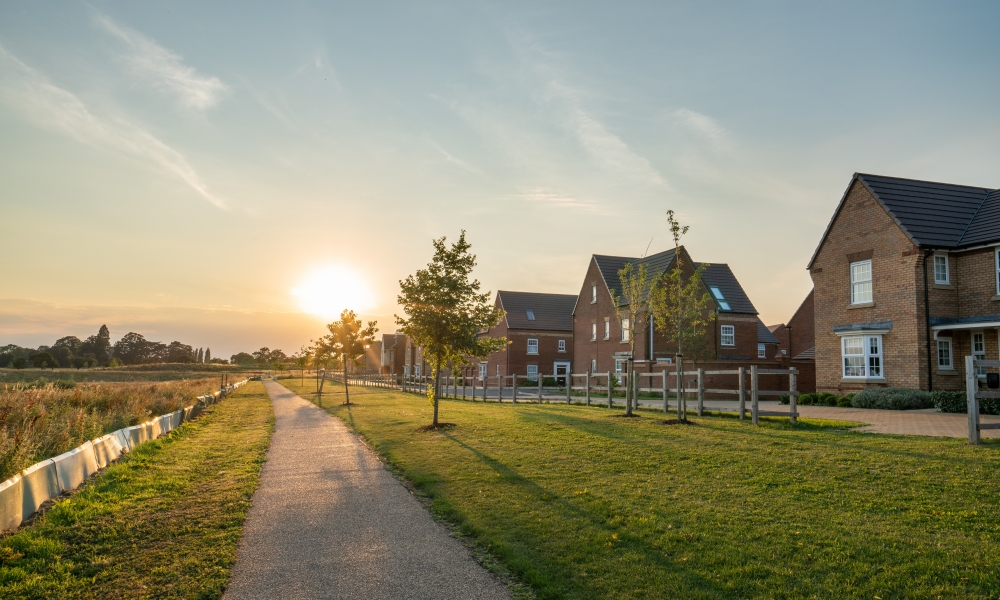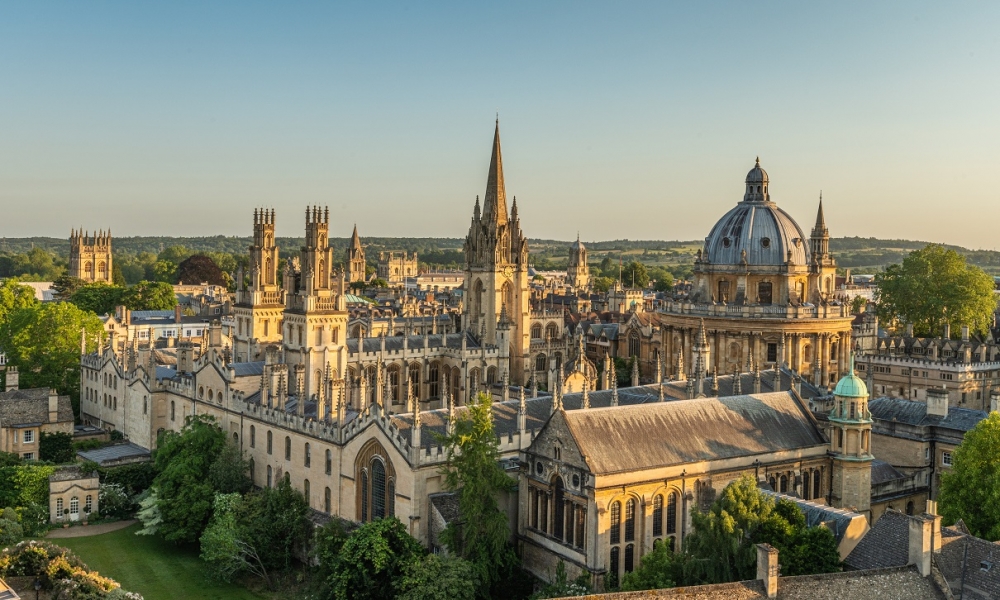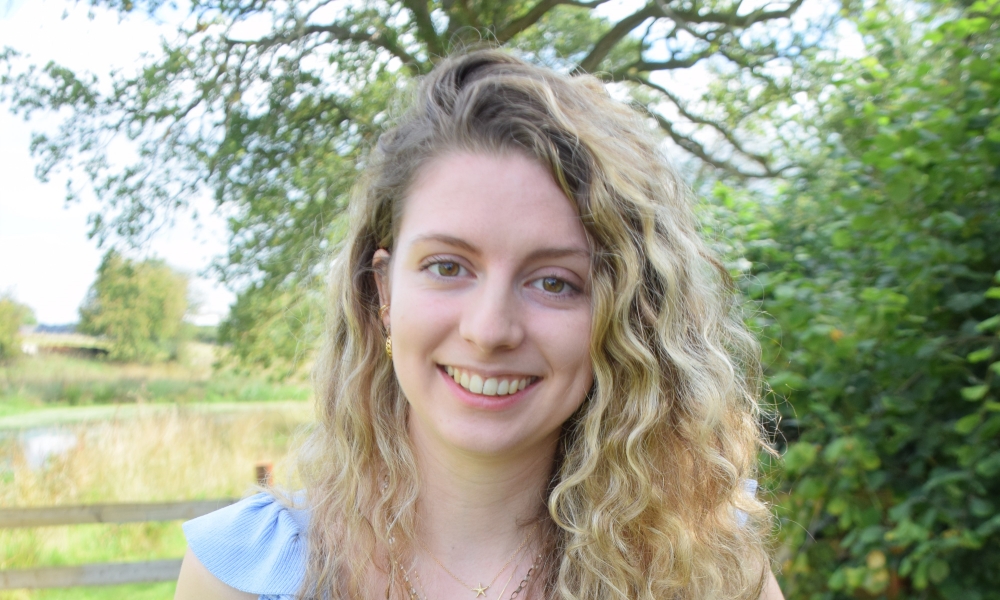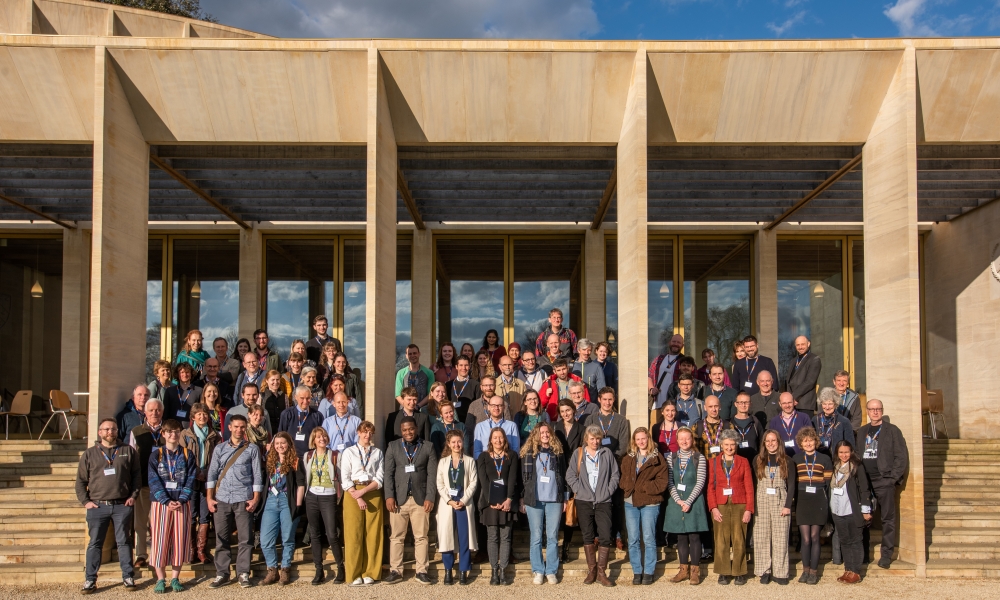How do we account for biodiversity?
This Sprint ran from April 2022-June 2023
More sprints
- Can we solve the “spin-up” problem in Earth System Modelling?
- How can we manage uncertainties in habitat greenhouse gas emissions?
- What do we need to know to safely store CO2 beneath our shelf seas?
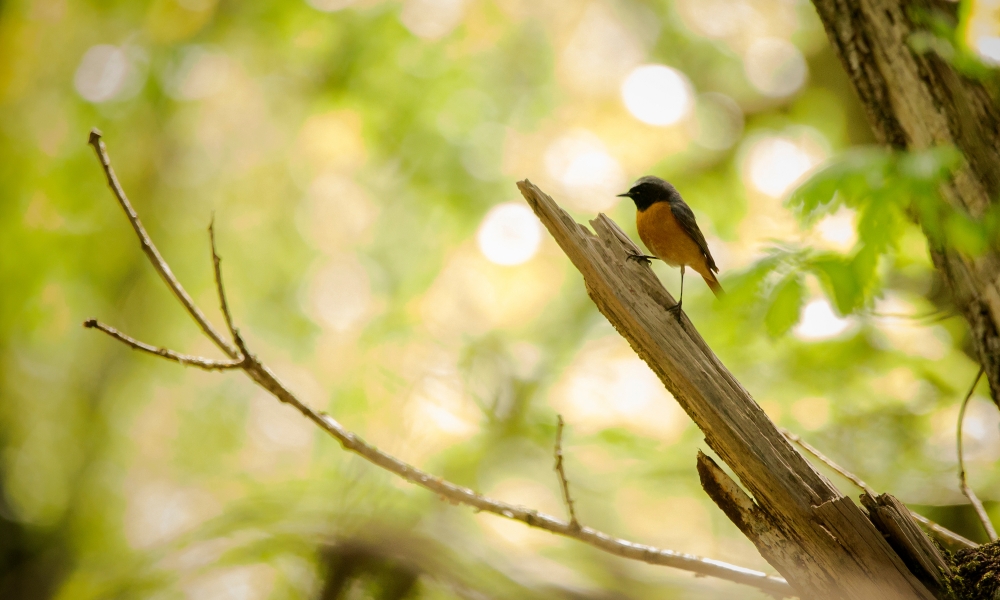
The Challenges
If the UK is to meet its own and international biodiversity targets, it needs to be able to properly measure the impact of economic development projects on biodiversity. It also needs to be able to deliver social welfare benefits alongside nature restoration, as well as balance trade-offs between commitments to economic development and biodiversity improvements.
At the time the Sprint was planned, HM Treasury had commissioned the Dasgupta Review of the economic case for biodiversity, set bold targets for nature recovery, and were updating their ‘Green Book’ guidance on government investments. The Department for Environment Food and Rural Affairs (DEFRA) and the UK government were gearing up for the launch of Biodiversity Net Gain (BNG) policy under the Environment Act. However, BNG as formulated at the time had potential to further disadvantage already-disadvantaged groups, and scalable approaches to measuring biodiversity for governmental and industry end-users were unavailable, despite being fundamental to making progress.
This Sprint aimed to identify just and actionable pathways to BNG, supporting an integrated approach to renewing and restoring nature, working directly with HM Treasury and Defra. The Sprint tackled three interlinked issues:
- How to robustly measure the biodiversity impacts, positive and negative, of business and governmental investments
- How to reconcile commitments to invest in biodiversity improvement with the economic and social welfare of people most affected by these investments
- How to deliver sustained, socially just welfare improvements – together with biodiversity gains at the landscape level – using spatial modelling and an exploration of scenarios for development.
The Solutions
- The Sprint team found evidence that scoring by the Biodiversity Metric may not reflect invertebrate diversity and abundance. This presents a concern in how habitats are valued under BNG.
- Most early BNG in England has been on-site, but findings from the Sprint team indicated that people have a preference towards off-site offsetting. The Sprint team propose that access should at the very least not be diminished, and BNG should be integrated with access to nature targets where possible.
- Spatial modelling results showed current BNG offsetting practices are insufficient, and demonstrated that by incorporating ecological and economic information into the targeting of offsets, the offsets can provide a significant contribution to addressing the challenge of biodiversity loss and deliver substantial ecosystem service co-benefits to disadvantaged communities.
The Pathway
Tackling this challenge required layered multi-disciplinary outputs. The Sprint team combined social sciences expertise for local stakeholder engagement, modelled work to assess national, regional and local scales, and completed biodiversity fieldwork. Continuous stakeholder engagement through workshops and webinars lent a transdisciplinary dimension to shaping these layered outputs. The Sprint team also hosted a two day nature Recovery Symposium in March 2023, bringing together researchers working on the science that could underpin planning for nature recovery with decision-makers and practitioners working within government, industry and civil society, to discuss how science could best be deployed to support decisions for nature recovery (further details in this report).






